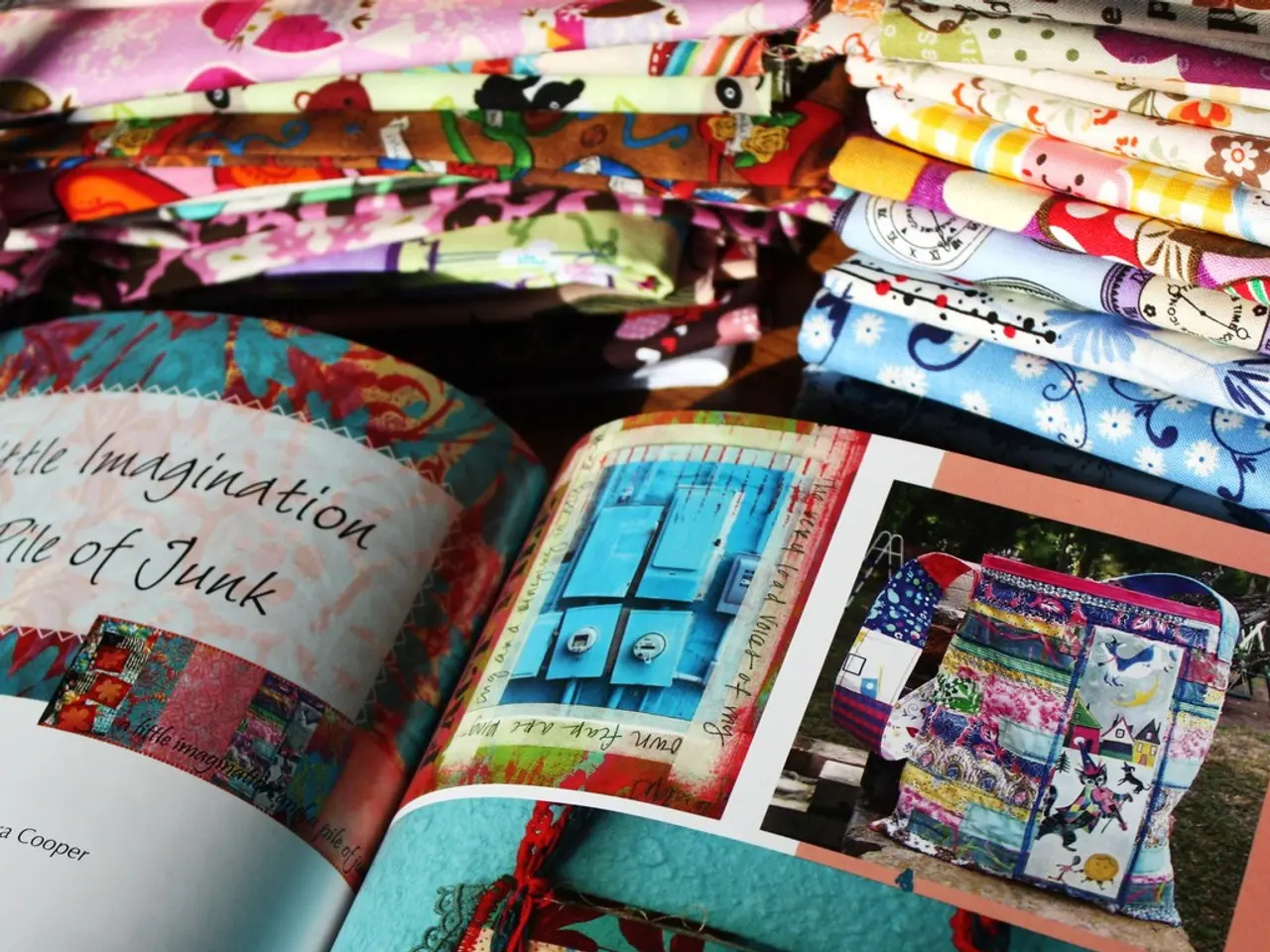Sabayon burnt to a crisp
Revamped Recipe: The Star of the Show - Caramelized Sabayon
When the recent lunar eclipse rolled around, I threw a dinner party and had a surplus of luscious pears I wanted to poach. In search of a decadent yet light dessert to go with them, I ended up transforming zabaglione into a mind-blowing sabayon. Nowadays, I mainly top fresh berries with this velvety treat, piled high in martini glasses, garnished with a solitary berry and a sprig of mint - allowing the irresistible caramelized custard to take center stage. While it tastes fantastic without the caramelization, a creme brulee torch elevates it to new heights.
Serves: 4-6Difficulty: MediumTotal Time: 20 minutesActive Time: 20 minutes
Recipe: Caramelized Sabayon
Ingredients:- 4 large egg yolks- 1/3 cup white sugar- 1/4 cup white wine- 1/2 cup heavy cream
** Here's a fun fact: Sabayon shares similarities with zabaglione, but while zabaglione hails from Italy, sabayon often belongs to French cuisine. Both dishes are prepared from egg yolks, sugar, and wine, resulting in a delightful, airy texture when whipped.**
Instructions:1. Whip the Cream: Whip the cream until soft peaks form, set aside.2. Simmer Water: Simmer 2-3 inches of water in a saucepan.3. Prepare the Mixture: Whisk the yolks and sugar in a bowl that can comfortably hang one-handed over the simmering pan until it's pale and lemony.4. Cook the Mixture: While whisking constantly, suspend the bowl just above the simmering water. Gradually add the wine. Keep whisking to prevent the egg from scrambling. The mixture should thicken and triple in volume. If it starts taking too long, submerge the bottom of the bowl in the simmering water. If you want to ensure the mixture is fully cooked but aren't comfortable with raw eggs, check the temperature with a thermometer to make sure it's reached 140°F (60°C).5. Finish the Mixture: Once the mixture is glossy and voluminous, remove from heat, but keep whisking until the bottom of the bowl is cool to the touch.6. Fold the Cream: Gently fold the whipped cream into the custard.7. Serve: Dish out as desired. Cover and refrigerate if serving later. Immediately before serving, use either a kitchen torch or the broiler to caramelize the top. If using the broiler, preheat, then keep a close eye. You want the top to be lightly browned.
Enjoy this sinfully delicious, caramelized sabayon! If you'd like to try a classic Italian spin, check out the zabaglione recipe below.
Bonus Recipe: Zabaglione(Similar preparation to Caramelized Sabayon, but substitutes Marsala wine for white wine)
Ingredients:- 3 large egg yolks- 2 tablespoons granulated sugar- 1/2 cup Marsala wine
Instructions:1. Combine Egg Yolks and Sugar: In a medium-sized bowl, whisk together the egg yolks and sugar until well combined and slightly pale.
- Heat the Marsala: In a saucepan, gently heat the Marsala over low heat until it is just simmering, but do not boil.
- Cook and Whip: Create a double boiler by placing the bowl with the egg and sugar mixture over the saucepan of warm Marsala, ensuring the bottom of the bowl doesn't touch the liquid.
- Whip Until Frothy: Using a handheld electric mixer or whisk, whip the mixture continuously until it thickens, becomes frothy, and nearly doubles in volume. This step should take about 5 to 7 minutes, depending on your whipping method.
- Serve: Once light and airy, remove the bowl from the heat and continue whisking for a minute to prevent it from collapsing. Serve immediately over fresh fruit or on its own.
Enjoy your culinary adventures with these classic Italian and French desserts!
- This Caramelized Sabayon, a revamped version of the traditional zabaglione, offers a delightful combination of nutrition with its smooth, velvety texture and a touch of caramelization, making it a perfect dessert for 4 to 6 servings.
- When serving the Caramelized Sabayon, one might be intrigued to learn that sabayon shares similarities with zabaglione, with the former often found in French cuisine and the latter originating from Italy, despite both dishes being prepared with similar ingredients.
- If you'd prefer a classic Italian spin on your dessert, consider trying the Zabaglione recipe, which uses Marsala wine instead of white wine, resulting in a unique flavor that pairs wonderfully with fresh fruit or on its own, providing a lunar eclipse-worthy finish to your culinary adventures.




